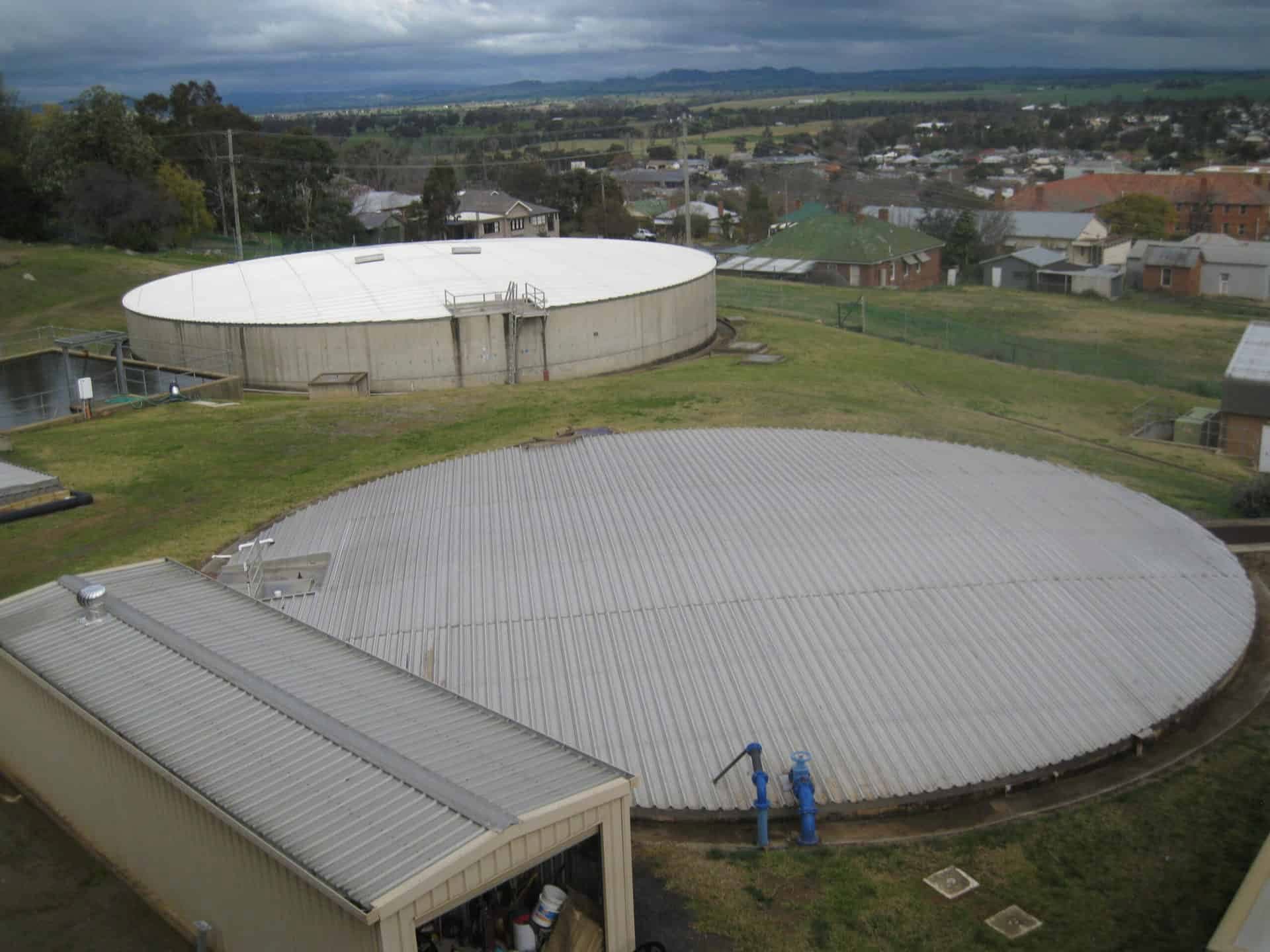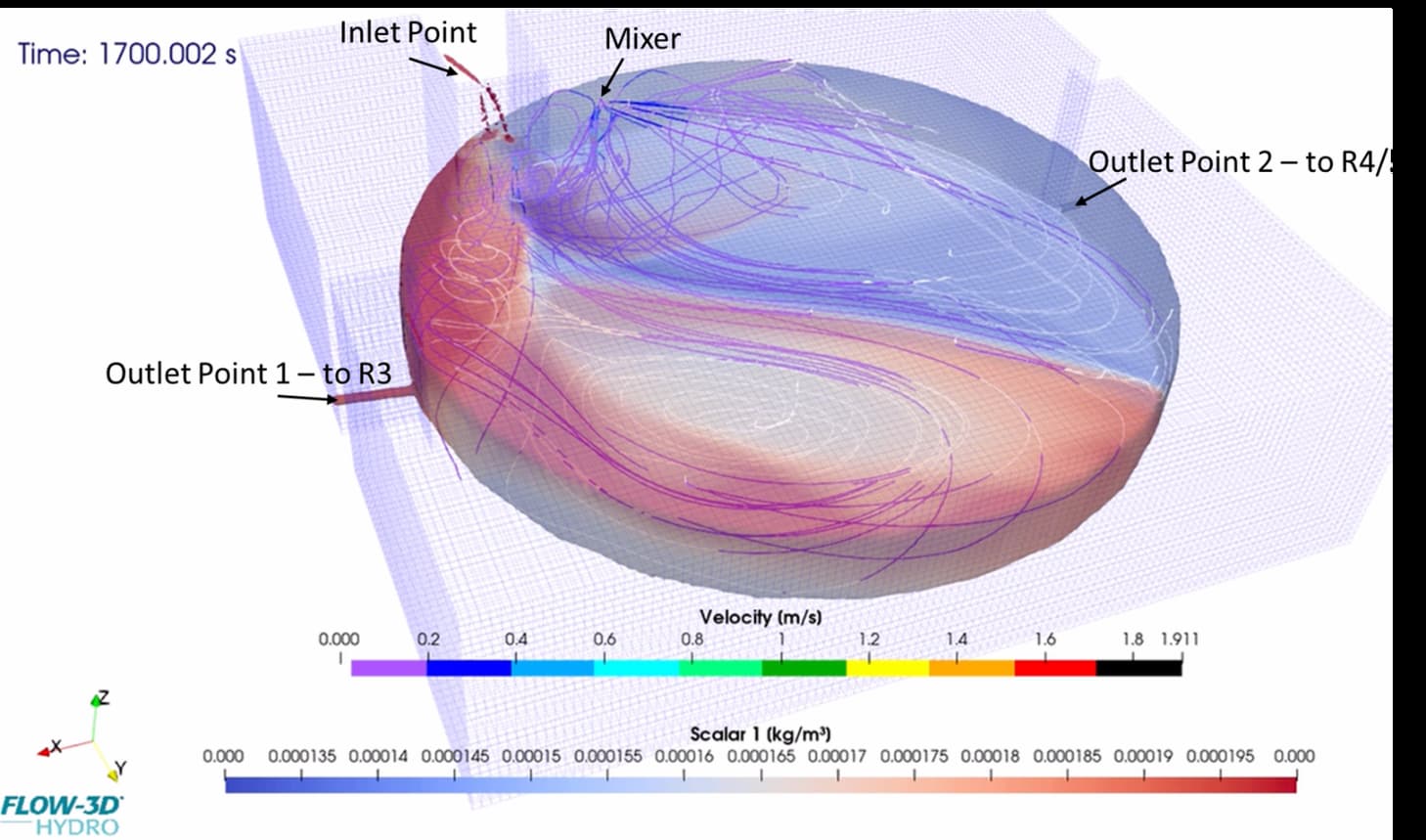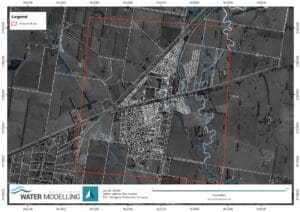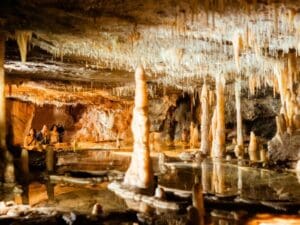Cowra Water Treatment Plant Reservoir CFD Modelling

Client
Scope
Impact

Client
Scope
Impact

WMS developed a CFD model to represent flow behaviour inside a clear water tank reservoir in Cowra’s Water Treatment Plant. The model was validated to results of physical testing carried out by Council to ensure the model was appropriately representative of reservoir conditions. The validated model was updated to reflect a “worst case” scenario – ie. when initial water levels are low, and outflow is high, as would occur under heavy usage conditions.
The model was used to estimate the “baffling factor”, which provides a measure of the efficiency in hydraulic mixing within a tank. This baffling factor allowed WMS to approximate the contact time between the chlorine and the water, and to check its adequacy for chlorination requirements. The baffling factor of the reservoir was calculated and found to be aligned with the expected baffling factors for such reservoirs with multiple outlets and no internal baffles.
The results also indicated that there was generally consistent mixing within the reservoir, with minimal “dead zones” in the reservoir for both mixer-on and mixer-off scenarios. These baffling factors were used to calculate the chlorine contact time for the ‘worst case’ scenario which was demonstrated to be acceptable.

The CFD assessment provided Council and the Public Health Unit confidence that the minimum contact times for chlorination were being reached and confirmed that minimal “dead-zones” in the reservoir were occurring.

